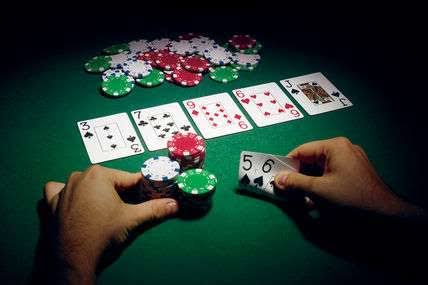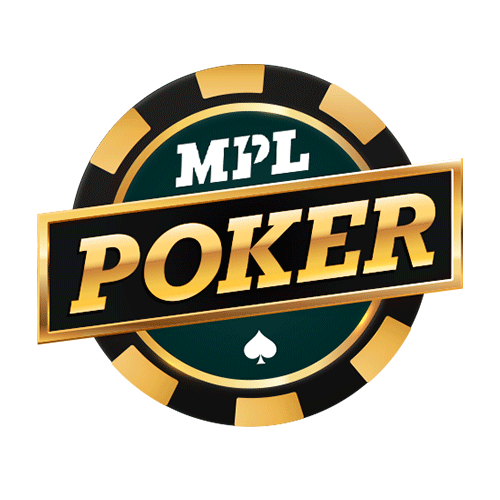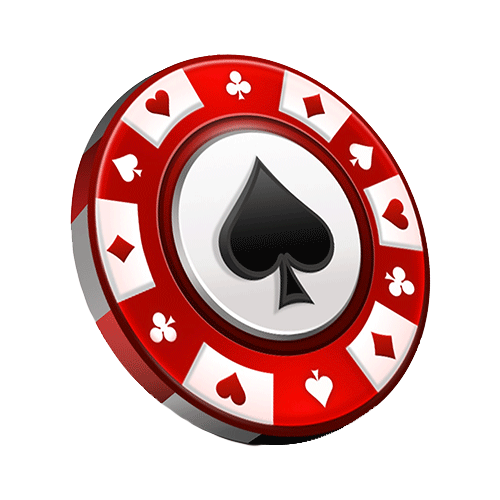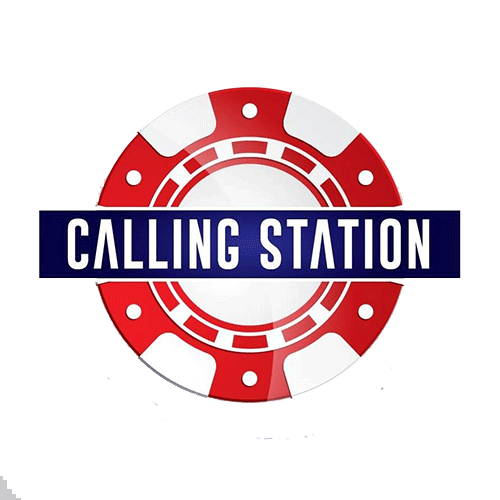 Poker
Poker
When to Bluff and When Not To In Texas Hold’em
Bluffing has always been an essential part of poker throughout the history of the game. People have come with new variations over time, from Five Card and Seven Card Stud, over Five Card Draw, to Texas Hold’em and Omaha. These games have different rules and strategies, but one constant has always remained.
“Sometimes, you have to bluff to win the pot.”
Many great players have said time and time again that if you’re never caught bluffing, you’re not playing the game correctly – and this is true. You can’t be afraid to put your stack on the line to try and win a pot if the situation is right.
However, as much as bluffing in poker is important, it is equally as important to know how to pick your spots. Firing your stack away into someone who’s clearly not going anywhere won’t achieve much. You need to be able to recognize good bluffing spots and avoid the bad ones like the plague.
When to Bluff: Common Favorable Bluffing Spots
Texas Hold’em is a very dynamic game, so you will have to deal with all sorts of situations. The trick is finding some common denominators for these spots and recognizing them for what they are. If you are playing online, additional poker software can help you identify good bluffing situations, but you should always be looking for the most common ones.
A scare card on the turn or the river
One of the best, most common, and usually the least expensive bluffing spots is when a scare card peels off. Let’s say you raised before the flop, and the big blind defends. The flop comes 9, 2, 5, rainbow, you bet, and they call.
The turn comes a Queen or a King, and they check to you again. Regardless of what you have, this is a very good spot to keep bluffing. The big blind’s range here usually won’t be strong enough to continue after a card that clearly favors your range. Keeping up the aggression in these situations will be profitable in the long run.
Bluffing with blockers
The term blocker is used to describe a card that prevents or makes it harder for your opponent to have a certain made hand. The best example to understand this is when you’re holding an Ace of spades, and there are three spades on the board. You can know for sure that your opponent doesn’t have the nut flush in this situation because you’re holding the key card.
In some scenarios, you can use this information to your advantage and pull off a bluff. If the flush card comes on the turn and they bet into you, you could raise. Even if they have a strong hand, they will have a hard time continuing since they don’t have the nuts. If you follow this through with a big bet on the river, you’ll put them in a really difficult spot.
However, for these types of bluffs to be profitable, you need to make sure you’re both deep enough. If the effective stack is 30 big blinds, this won’t usually work because most players will happily stack off with many strong holdings for that amount. The deeper you get, the more effective this bluff becomes.
Bricked semi-bluffs
Semi-bluffing with good draws is usually a good strategy, especially for aggressive players who like to take control of the pot. There are several reasons why this approach works:
- You build a big pot for when you hit one of your outs
- Your aggression will often win you the pot without resistance
- You’ll sometimes be able to represent a different hand to what you were chasing
I will talk about the third scenario here, i.e., when you keep betting throughout the hand and brick off on the river. Say you were going for an open-ended straight draw, but the river brought in a potential flush.
If the opponent checks to you and there is a scare card on the river, you’ll need to take some of these spots. Checking back with your 10-high is just too weak, and you can’t be giving up on all of your semi-bluffs that fail to materialize.
Of course, this can backfire against tricky opponents but, in general, try to assess the situation, and if you can credibly represent the other draw that came in, go for it.
When Not to Bluff: Don’t Throw Good Money After Bad
As much as you (and every other player out there) would like, you just can’t win every pot. Sometimes, you will have to give up and let them have it. Knowing when to give up is just as important as knowing when to bluff. Chips you preserve are just as valuable as the ones you win.
The board texture not changing street to street
I talked about how you should continue the aggression when a scare card peels off after you bluff on the flop. However, if the turn card isn’t likely to change anything, continuing to bluff won’t likely produce favorable results.
Let’s look at the same example, i.e. the board of 9, 5, 2, rainbow, and your continuation bet is called by the big blind. The turn is another 2, and they check to you.
There are very few hands that will call the flop and fold the turn here. The 2 on the turn is one of the worst cards for your range, and you can’t expect many players to fold to another bet. Unless you’re up against a very weak opponent who doesn’t know what they’re doing, this is where you should shut down and check back.
You can still look to bluff the river if it is a scare card, and they check to you, of course. However, there is absolutely no need to barrel all three streets in this situation and you’ll be throwing money away by doing it.
When the bad card peels off
Say you have pocket Aces and both small and big blind call your cut off raise. The flop comes 6, 7, 10, and they both check to you. It’s a dicey board so you decide to bet for value and protection. They both call, and 8 peels off on the turn. They check to you once again.
While you weren’t bluffing on the flop, betting on the turn would be turning your hand into a bluff and a not very good one at that. With the turn, the board has become so favorable for our opponents’ ranges that there is absolutely no reason to keep betting here. Check back, see what happens on the river, and be fully prepared to get rid of your hand if there is a lot of action.
Don’t bluff players on tilt
This tip doesn’t have much to do with cards and math but rather with recognizing what players aren’t likely to fold. This is very important in live poker where you’ll often have a person who’s stuck and determined to get back to even no matter what.
These players will often take their cards all the way to the showdown, hoping to catch you with a big bluff. You need to be able to recognize such situations and avoid bluffing these players at all costs. They won’t care about what you’re trying to represent or what cards came on the turn or the river. If they caught a piece, they’ll be looking to get to a showdown, so trying to bluff them will usually backfire, big time.
Conclusion
Without a doubt, bluffing is one of the core parts of poker. You have to be able to pull off some bluffs while playing. However, to do it correctly, you need to be able to recognize good spots for it and also avoid the bad ones. The advice in this article should help with that, at least to some degree.
Of course, nothing is set in stone, and not every bluff you try will go through even if the situation seems favorable. However, being able to recognize generally good spots and avoid the bad ones will help you improve your overall win-rate and you’ll only get better at it with time. For training and coaching, TRY THIS.
Check out our online poker rooms section, where you can read reviews on the biggest and best poker rooms in the country, while also taking advantage of their bonuses and promotions. Check out these top poker rooms HERE.
Top 15 Poker Rooms
-
WPT Global
Grab your welcome offer
Offer: 100% of your deposit back up to $3,000 Register -
PokerDangal
Sign up with code GUTSHOT1
Offer: Get 100% GST discount on deposits Register -
Natural8 India
Sign-up with Gutshot
Offer: Get extra 28% on all deposits Register -
Spartan Poker
Sign-up with referral code AFFGSMAG
Offer: FTD 50% Bonus Money up to ₹20K. Deposit code ‘ALLIN50’ Register -
Junglee Poker
Sign-up and get bonus
Offer: Up to ₹50,000* Register -
Calling Station
Sign-up with promo code 'AFFCSGUT'
Offer: 30% FTD bonus with code FTD30 Register -
WinZo Poker
Daily Winnings Up To ₹40 Crore!
Offer: Get ₹550 Joining Bonus For Free Register -
Stake Poker
Welcome bonus
Offer: 200% up to ₹120,000 Register
Newsletter
Thank you for subscribing to our newsletter.
This will close in 20 seconds






















